Cultural Mapping
City in the Woods is a cultural mapping project that supports a Framework Plan for the City of Cherokee Village (population: 4,900), a 21.3-square-mile planned community in rural northeast Arkansas established in 1954. Cultural mapping describes the interconnectedness of landscapes, histories, and social geographies of the Arkansas Ozarks surrounding one of America’s first planned retirement-based recreational communities.
The Cultural Mapping started with Community Heritage Research jointly undertaken by residents, artists, folklorists, the Cherokee Village Historical Society, and the UACDC. This collaboration collected primary source material and scholarship around five designated cultural frameworks constituting the mapping project.
Native American Heritage
Learn More
John and Mildred Cooper venerated native American culture. Indeed, Cherokee Village was named to acknowledge an undocumented Cherokee settlement nearby while its street names adopted proper Indian names. Both were involved in the scouting movement, which drew heavily upon native American tropes in a return to primitivism.
Ozark Pioneer and Folk
Learn More
19th century settlers in the Ozarks faced tough economic times but their self-sufficiency provided success for many. Early pioneers built their own homes, dug wells, managed crops, and created hand-made crafts that are still admired today. They even created their own systems of education, music and medicine.
Camping and Scouting
Learn More
The American camp meeting movement popularizing community experiences in the woods from religious revivals to cultural exchanges, became source material for a uniquely American form of settlement, the special interest community. The movement had three primary drivers, healing, resorting and camping/scouting and created a variety of actual camps including recreational and retirement communities, resort villages, bungalow courts, pocket neighborhoods, trailer parks, and various utopian communities.
Mid-Century Recreational and Retirement Communities
Learn More
There were other communities organized around aging prior to Cherokee Village but John Cooper’s concept emphasized “graduated land sales” attracting young families with recreation opportunities. Those families could enjoy golf, water sports and the outdoors and then move into retirement all in the same place. Unlike standardized landscapes in other communities Cooper emphasized a rugged Ozark riparian landscape.
Fay Jones, Modern Architecture
Learn More
John Cooper commissioned two Arkansas architecture firms to design and build in Cherokee Village. Fay Jones designed the Town Center, nearby Townhouses and a house along the river. Stuck, Frier, Land & Scott, inc was a firm noted for modernist buildings designed the lakeside Thunderbird center. Individual homes were left to the discretion of the owners but these initial mid-century modern developments set the tone for the entire community.
